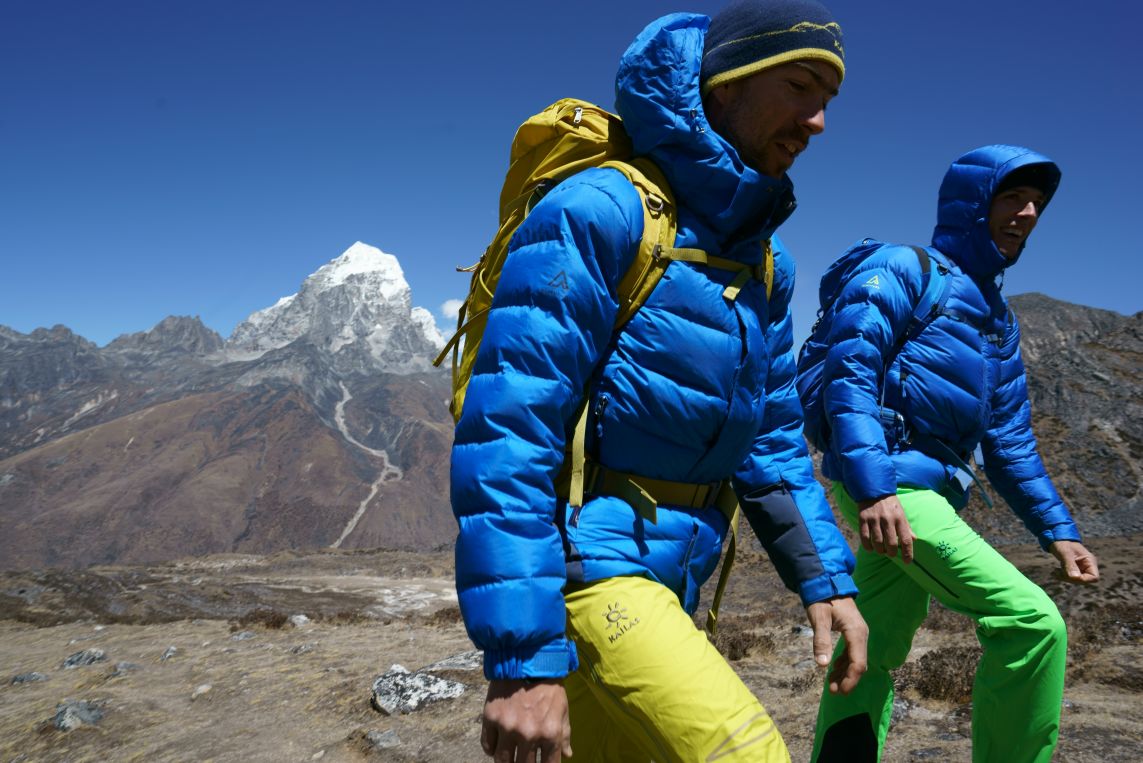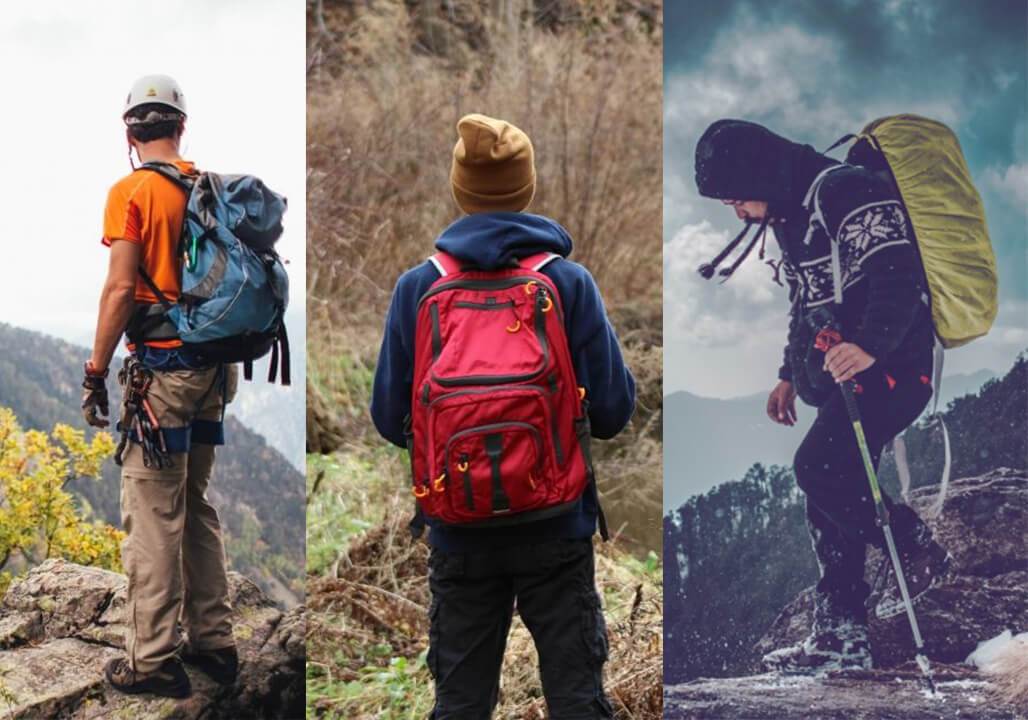We will analyze the common hazards of trekking from five aspects: clothing/food/live/walking.
Clothing and accessories (gloves, hats, glasses)
In addition to the external appearance, plant and animal injuries, protection of privacy, the essential function of clothing is to maintain the balance between heat production and heat dissipation of the body. So when encountered with a harsh environment, resulting in the clothing to maintain the body heat balance of the function of discount failure, or beyond the limit of the clothing to maintain the function of the danger, and is a fatal danger.
1. Cold or even loss of temperature
For example, non-waterproof clothes are wet by sudden rain, the heat dissipation efficiency of wet clothes is more than 100 times that of dry clothes; for example, cold wind, accelerating air convection to take away the body's heat, so that the warm clothes to keep warm ability to discount. If this balance is not corrected in time and continues, it may lead to loss of temperature. Countermeasures for loss of temperature refer to above the snow line at.
2. mosquitoes and snake bites
In the jungle or grassland below the snow line, especially in the higher temperatures of summer and autumn, the plants are relatively dense, animals are relatively active, you may encounter mosquito bites, for people living in the city for a long time, some virus-carrying mosquito bites may be disease-causing, can not be cured for a short time. Also is the leech bite, resulting in prolonged bleeding more than.
3. sun protection
Outdoor sports often occur at high altitudes or mountain ridges wear less shade, ultraviolet intensity and high, if there is no clothing and hat protection, it is easy to lead to sunburn or snow blindness, long-term exposure to the sun serious or even trigger skin cancer and permanent eye damage.

Food: The main thing is drinking water safety.
1. Toxic water quality
In high altitude hiking traverses often encounter a variety of colors of the sea, although photographed to look good, but can not drink, even with a portable water purifier filter, because now the water purifier are unable to achieve the filtration of toxic heavy chemicals.
2. Microorganisms cause disease
Donkeys who are used to drinking cold water and do not have portable water purifiers with them, will appear to drink mountain water directly, it is possible to drink some potentially fatal bacteria into the stomach. Especially stagnant water, water with a lot of humus, are not suitable for direct drinking. It is best to boil it with stove stove - not only can it kill bacteria and viruses, but it can also give you warmth in the cold.
3. Eating snow:
Although there are often scenes of eating snow in movies, it looks cool. But snowflakes not only have a very low water content will also have some bacteria, and will absorb very much heat from our bodies, which may lead to gastrointestinal discomfort or even loss of temperature. The best way is still to bring a thermos or use the stove to boil water with snow.
live
sleep system (including tents, sleeping bags, moisture-proof pad) is similar to the basic function of clothing, clothing is mainly used in the process of movement, while the sleep system is mainly used in the rest process. So if there is a problem with the sleep system, there may be a risk of temperature loss, in general, the sleep system is not prone to mosquitoes and snakes failure problem.

walk
Outdoor walking, often said "walking without seeing the scenery, see the scenery is not walking" is to say that the walking process is dangerous.
1. superficial injuries
Because of plant scrapes, or backpack, clothes, shoes do not fit, resulting in repeated scrapes produced by skin redness, swelling, blisters, etc., if not dealt with for a long time, coupled with bad weather, may lead to infection and inflammation.
2. Acute joint injury
If you fall because the road is too steep or the lower plate is unstable, the backpack on your body may aggravate the injury caused by the fall. Minor bruises, serious sprains, broken feet or fractures.
3. Chronic Joint Injuries
Carrying too much weight (no more than 30% of your body weight is recommended, the lighter the better), combined with improper walking posture and poor post-exercise rehabilitation, may lead to muscle strains and joint wear and tear, which is chronic and difficult to recover from, and very abrasive.
4. Lost
Because of physical quality or weather (such as fog) may lead to lost, this experience if smoothly through okay, all kinds of tossing rescue, it will leave a deep psychological trauma.
As above, it is some of the hiking process often encounter the danger, as for the man-made conflict injury will not say, what beast injury also need not say, because the beast are almost extinct, they are most afraid of people.


